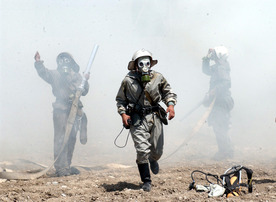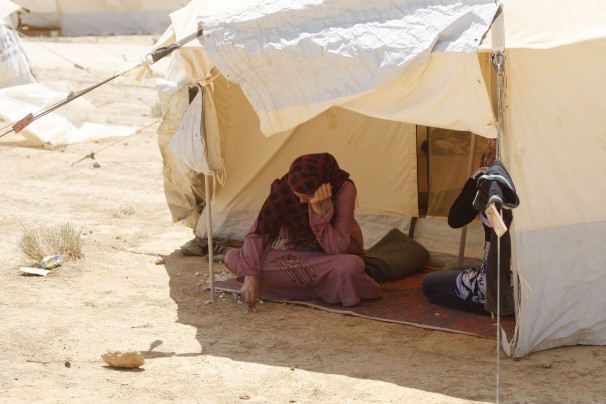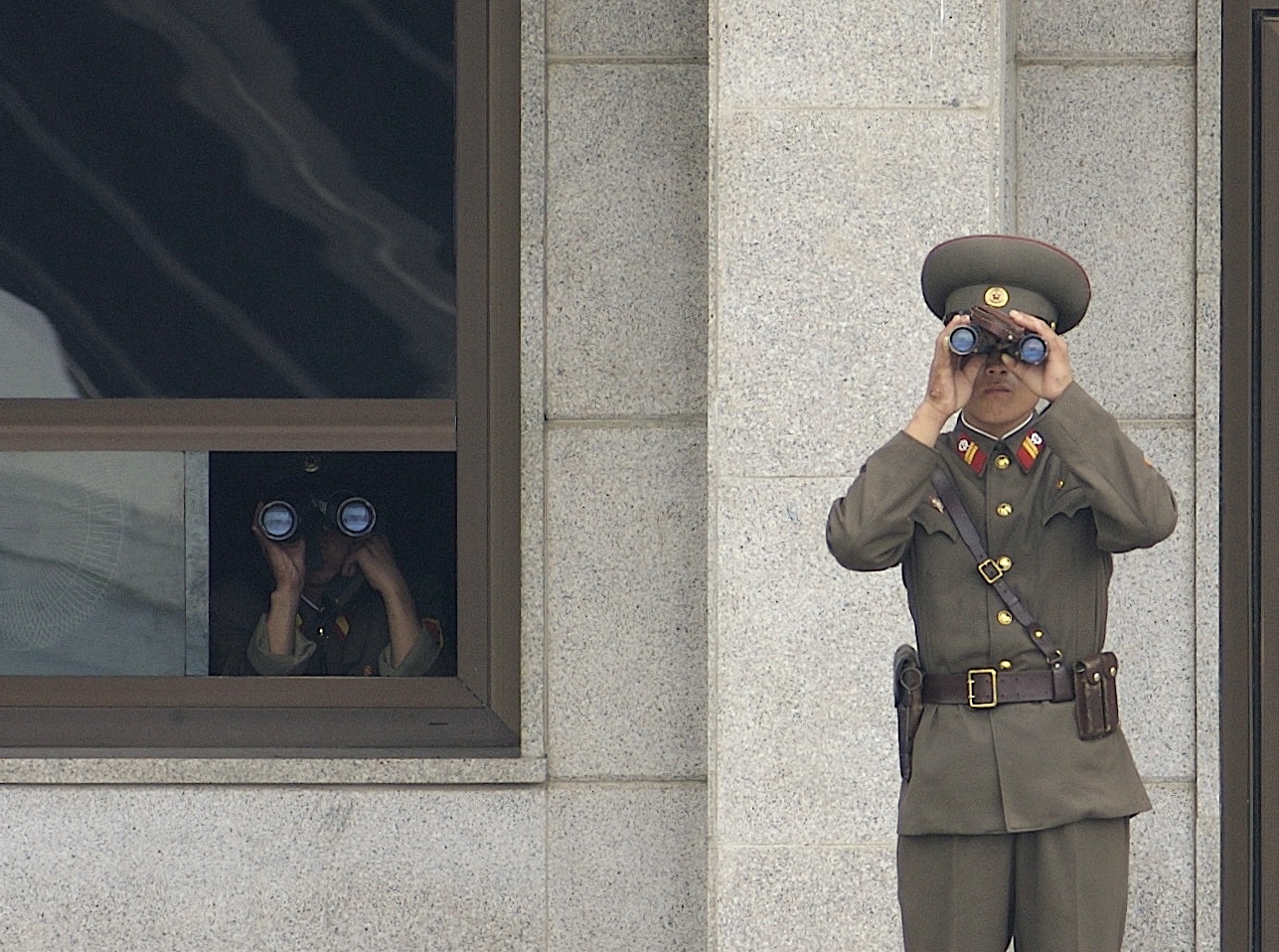When compared to the threat of nuclear weapons, the subtler danger of chemical and biological weapons seems rather innocuous. However, with increasing risk of chemical and biological weapons possession and usage, especially by terrorist groups, NATO in both its member countries and its missions abroad must pay greater attention to the security threats posed by these weapons. Since they are comparatively less powerful than nuclear weapons, chemical and biological agents are more likely to be used, and are also much easier to manufacture and conceal. Despite the existence of various treaties and conventions, such as the Chemical Weapons Convention, the Biological Weapons Convention, and the Geneva Protocol, some countries still possess chemical and biological weapons. The recent alleged use of such weapons in the Syrian conflict has received much international attention, with the UN conducting investigations into chemical weapons use by both sides of the conflict. In order to properly address the threat of chemical and biological weapons usage, NATO must extend the use of existing non-proliferation tools and must continue to work to ensure that effective emergency response plans are in place.
A large part of the danger of chemical and biological weapons comes from the relative ease with which they can be acquired. The expense of a chemical or biological weapon pales in comparison to that of a nuclear project and the materials needed are much more readily available. Chemical weapons projects also have the advantage of being more easily hidden than nuclear projects, enabling countries to develop weapons without attracting the notice of the international community. This could allow regimes to more easily pursue aggressive policies, as seen with Saddam Hussein’s Iraq during the Persian Gulf War. This would be especially true where the threat of chemical weapons use is great enough to block military intervention by the international community or to prevent any response at all.
The possession of chemical, biological, radiological, and nuclear weapons (CBRN) is not limited to just states. There is also great risk of their use by terrorist groups. Incidents of this nature have already occurred as seen in Iraq with the recent capture of members of a terrorist cell linked to al-Qaeda that planned to use chemical weapons both in Iran and abroad.
The ever-present and growing threat of terrorist groups to both NATO member countries and their missions abroad makes the issue of CBRN weapons proliferation a grave one, heightening the importance of effective defense strategies. NATO has already taken steps to enhance responses to chemical, biological, radiological and nuclear threats under its Science for Peace and Security Programme. NATO conducted a training course this June in the Czech Republic for first responders to CBRN agents. The course was designed to aid NATO Mediterranean Dialogue countries Egypt, Jordan, and Istanbul Cooperative Initiative the United Arab Emirates in improving civil emergency plans and ensuring that first responders maintain a minimum level of preparedness for CBRN threats. Knowledge of effective procedures is especially important in these countries considering the current instability in the region.
[captionpix align=”left” theme=”elegant” width=”300″ imgsrc=”http://natoassociation.ca/wp-content/uploads/2013/08/20101013_20101012-chemical-terrorism_rdax_276x194.jpg” captiontext=”One of the responsibilities of the NATO Combined Joint Chemical, Biological, Radiological and Nuclear Weapons Task Force is the sampling and identification of CBRN agents and decontamination”]
While measures like these will help mitigate the effects of a chemical or biological weapons attack, NATO must also focus on the prevention and detection of these agents. The NATO Combined Joint Chemical, Biological, Radiological and NuclearDefense Task Force is a body that has been specifically trained to deal with CBRN threats to NATO countries or forces. The task force is charged with various monitoring and management operations, including sampling and identification of CBRN agents, providing assessments and advice to NATO commanders, and hazard management such as decontamination. Comprised of separate but complementary components, the force can be tailored to specific needs of different situations and can also provide assistance to civil authorities when authorized by the North NATO Council. The diversity and flexibility of the force gives it the potential to be extremely effective in combatting chemical and biological weapons use. It has been used in the past, with key planning roles during the 2004 Summer Olympic Games in Greece and providing support during the 2004 Istanbul Summit. However, in order for this potential to be fulfilled, the force must be more actively employed by NATO.
With various missions abroad, NATO must be vigilant in confronting and combatting the dangers of CBRN weapons proliferation and use. There have been multiple incidents of CBRN weapons use during NATO’s mission in Afghanistan and their occurrence is not likely to decrease as NATO withdraws from the country. The responsibilities of the International Security Assistance Force under NATO leadership since August 2003 will shift to a primarily training and advising role during the organization’s withdrawal from Afghanistan. With the prevalence of chemical and biological weapons attacks by various non-state actors within Afghanistan, it is essential for NATO to advise and train the Afghan army and police forces to handle these issues. Doing so will help to limit the power of hostile non-state actors and is thus essential to increasing the chance for stability within Afghanistan after NATO’s withdrawal.
As the security challenges to NATO continue to shift from predominately state (as in the Cold War) to non-state actors, defense against chemical and biological weapons has become an important concern. With the Combined Joint Chemical, Biological, Radiological and Nuclear Defense Task Force and various projects under the Science for Peace and Security Programme, NATO already has the tools in its possession to begin to effectively combat the proliferation and use of these weapons, both by states and non-state actors. What remains to be done is to ensure that these tools become a more central component to NATO operations, enabling the Alliance to face these security risks with greater preparedness.




